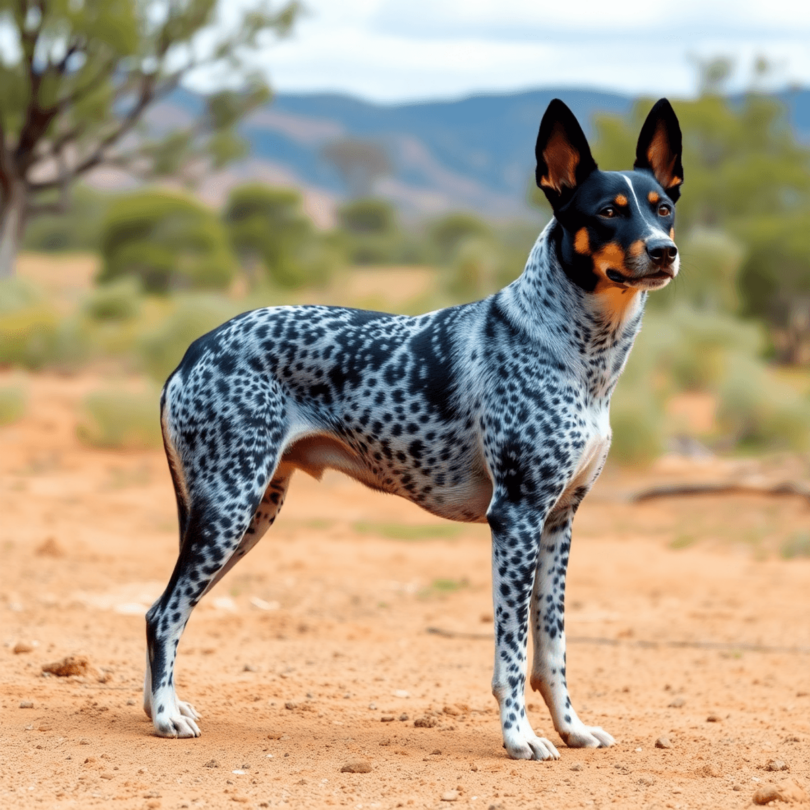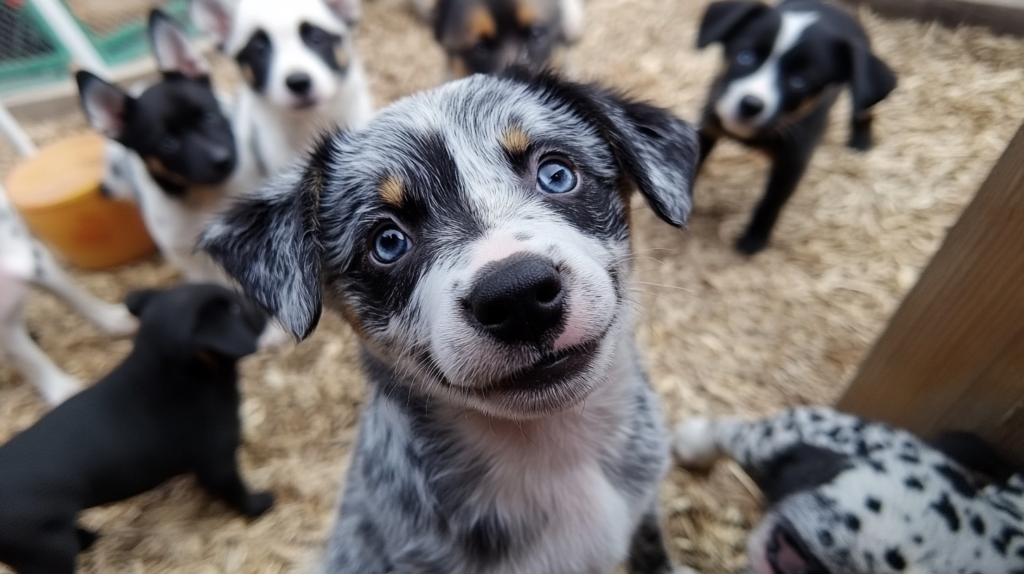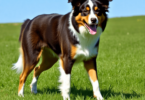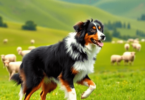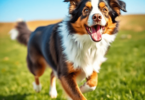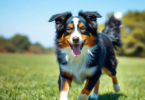How to Train an Australian Cattle Dog
The Australian Cattle Dog, affectionately known as the Blue Heeler, is a spirited breed that blends intelligence with boundless energy. Originating in 19th-century Australia, these dogs were bred for herding cattle, showcasing their resilient and adaptable nature. Their unique speckled coats and athletic builds make them not just beautiful but also incredibly capable companions.
Training is essential for this clever breed. Here’s why:
- Mental Stimulation: Blue Heelers require structured activities to keep boredom at bay.
- Bonding Opportunity: Training fosters a relationship built on trust and respect.
- Behavioral Development: Proper training helps curb undesirable behaviors, ensuring a well-behaved pup.
In this article, discover effective Blue Heeler training tips that cover everything from basic commands to advanced techniques, making your journey of training your Australian Cattle Dog both fun and fruitful!
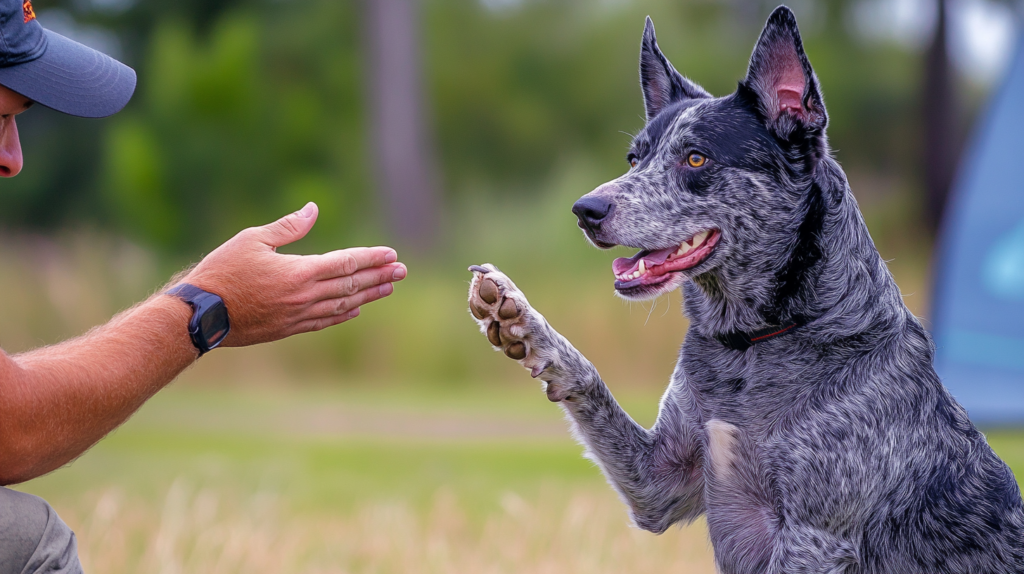
Understanding the Australian Cattle Dog
The Australian Cattle Dog, also known as the Blue Heeler, has an interesting history and distinct traits that shape its behavior. This breed was created in 19th-century Australia by mixing different herding breeds to produce a tough dog capable of handling cattle in rough landscapes.
Key Characteristics
Physical Traits
Typically compact and muscular, Blue Heelers have a striking blue or red speckled coat. Their ears are erect and pointed, giving them an alert appearance.
Temperament
These dogs are known for their loyalty and intelligence, displaying a strong work ethic. They thrive on challenges and need mental stimulation to avoid boredom.
Herding Instincts
As a dedicated herding breed, the Australian Cattle Dog has natural instincts that can greatly impact its behavior. These instincts show up in various ways:
- Nipping: Like many herding dogs, Blue Heelers often nip at heels to guide livestock.
- High Energy Levels: Their need for physical activity comes from their herding background; it’s crucial to involve them in structured activities.
By understanding these traits of the Australian Cattle Dog’s nature, owners can customize training techniques that resonate with this intelligent breed.
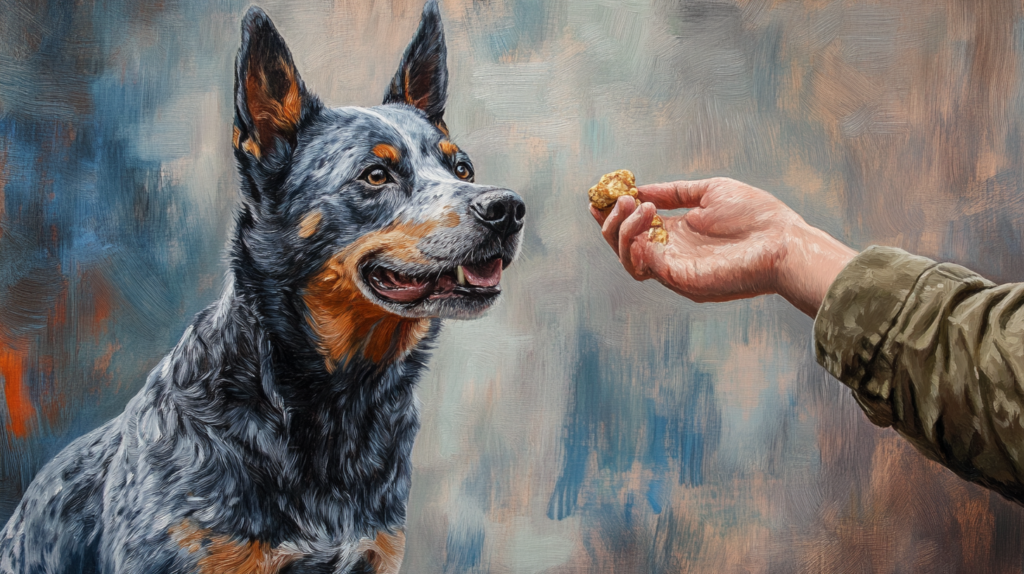
Essential Commands to Teach Your Blue Heeler
Training your Australian Cattle Dog, or Blue Heeler, begins with mastering basic commands. These foundational skills pave the way for a well-behaved pup and make life easier for both you and your furry friend.
Key Commands to Start With:
- Sit: A simple command that helps in controlling your dog’s actions.
- Stay: Essential for keeping your dog in a designated spot.
- Heel: Promotes walking beside you on a loose leash.
- Come: Invaluable for safety and recall.
Utilizing positive reinforcement techniques during training can significantly enhance your dog’s learning experience. This method focuses on rewarding desirable behaviors with treats, praise, or playtime. The more enjoyable the training, the more eager your Blue Heeler will be to participate!
Building a bond through training is crucial. When sessions are filled with fun and rewards, trust deepens, making your dog more receptive to commands. Celebrate each small victory together; this not only boosts morale but also reinforces the connection between you and your pup.
Incorporating these basic training techniques sets the stage for advanced learning while nurturing a loving relationship that lasts a lifetime:
- Short Sessions: Keep training sessions brief (5-10 minutes) to hold their attention.
- Positive Reinforcement: Use treats, praise, or play as rewards to encourage desired behaviors.
- Consistency is Key: Use the same verbal cues and hand signals every time to avoid confusion.
With these commands and techniques, you’ll build a solid foundation for your Blue Heeler’s training journey. A well-trained dog not only understands expectations but also strengthens the bond between you two.
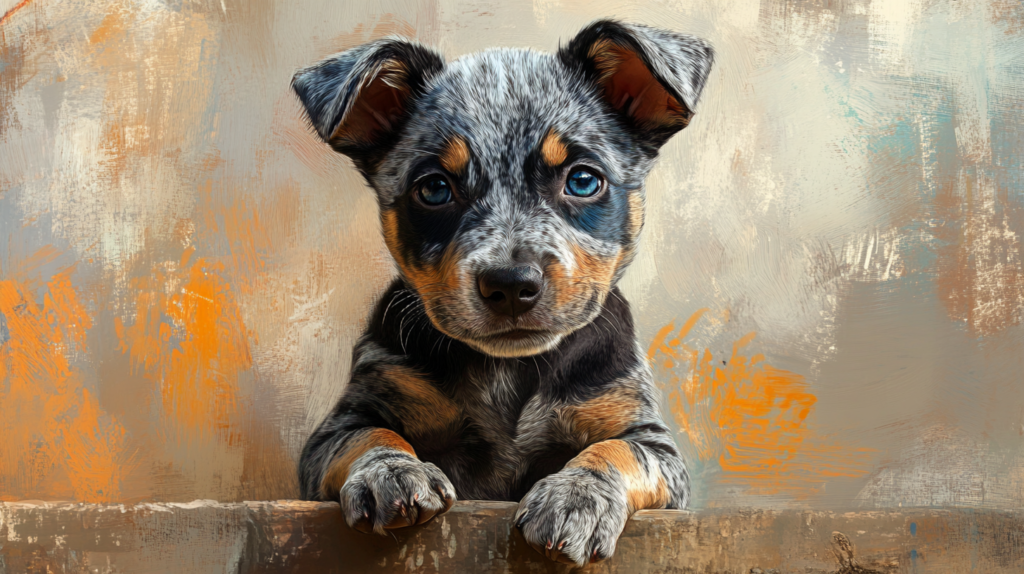
Socialization Skills for a Well-Rounded Blue Heeler
Socializing your Blue Heeler is not just a fun activity; it’s an essential part of training that lays the groundwork for a confident, adaptable dog. Early socialization plays a crucial role in shaping your pup’s temperament and behavior. Here’s why getting your Blue Heeler out into the world matters:
- Adaptability: Exposure to various environments helps dogs adjust to new situations with ease.
- Confidence Building: Meeting different people and animals fosters self-assurance, reducing anxiety and fear-based behaviors.
Activities to Expose Your Dog
Engaging in diverse activities can significantly enhance your Blue Heeler’s social skills. Here are some ideas:
- Dog Parks: A great place for interaction with other dogs and humans.
- Neighborhood Walks: Different sights, sounds, and smells provide excellent stimulation.
- Pet-Friendly Events: Festivals or community gatherings can introduce new experiences.
- Playdates: Arrange meet-ups with friends’ dogs to promote social interaction.
Strategies for Effective Socialization in Your Blue Heeler
To make the most of these activities, consider these strategies to ensure successful socialization:
- Start Early: Begin socializing your Blue Heeler at a young age, ideally between 3 and 14 weeks. This period is critical for learning about their environment.
- Positive Reinforcement: Use treats and praise to create positive associations with new experiences. Celebrate small victories!
- Gradual Exposure: Introduce new environments and individuals slowly. Gradually increasing exposure helps prevent overwhelming your pup.
- Observe Body Language: Pay attention to how your dog reacts in different situations. If they seem stressed, take a step back and try again later.
Recommendations for Dog Training Classes or Groups
Joining a dog training class or group offers structured opportunities for socialization while honing obedience skills. Look for local classes that focus on:
- Basic obedience training
- Socialization exercises
- Group play sessions
These classes not only teach commands but also encourage interactions with other dogs in a controlled environment.
Importance of Family Involvement
Including family members in the socialization process enhances the experience for both the dog and the family unit:
- Shared Responsibility: Everyone can contribute to training efforts, creating consistency in commands and expectations.
- Bonding Time: Engaging in activities together strengthens relationships within the family while building trust with your dog.
Building a well-rounded Blue Heeler involves commitment from everyone involved. Embracing these practices will help develop a happy, confident companion ready to tackle any new adventure life throws their way!
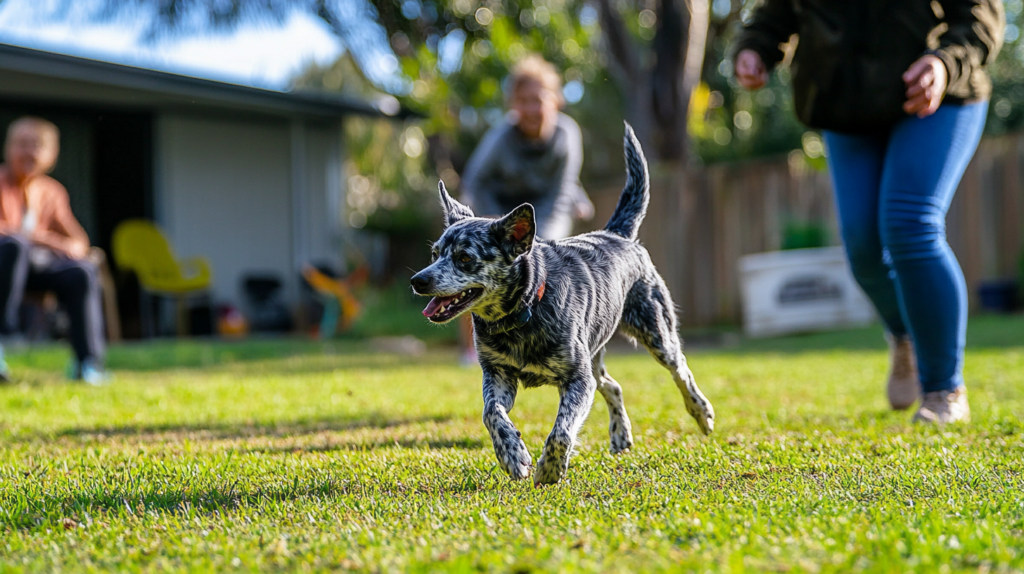
Advanced Training Techniques for Your Intelligent Australian Cattle Dog
Australian Cattle Dogs are known for their intelligence and energy, so advanced training techniques are important to keep them interested. These methods can make training more enjoyable and exciting.
1. Interactive Problem-Solving
Include puzzles and brain games in your training routine. Use toys that release treats when solved to challenge their minds and reward their efforts.
2. Agility Training
Create agility courses in your backyard or nearby park. This type of training improves physical coordination and mental focus. Activities like jumping through hoops or weaving between cones turn exercise into a fun game.
3. Advanced Commands
Teach commands beyond basic obedience, such as “go find it” or “hide and seek.” These activities tap into their natural herding instincts and encourage them to use their sense of smell, providing mental stimulation.
4. Trick Training
Add some fun with tricks like rolling over, playing dead, or fetching specific items. This strengthens the bond between you and your dog while keeping their minds active.
By using these advanced techniques, you can ensure that your Australian Cattle Dog is not only obedient but also happy and fulfilled.
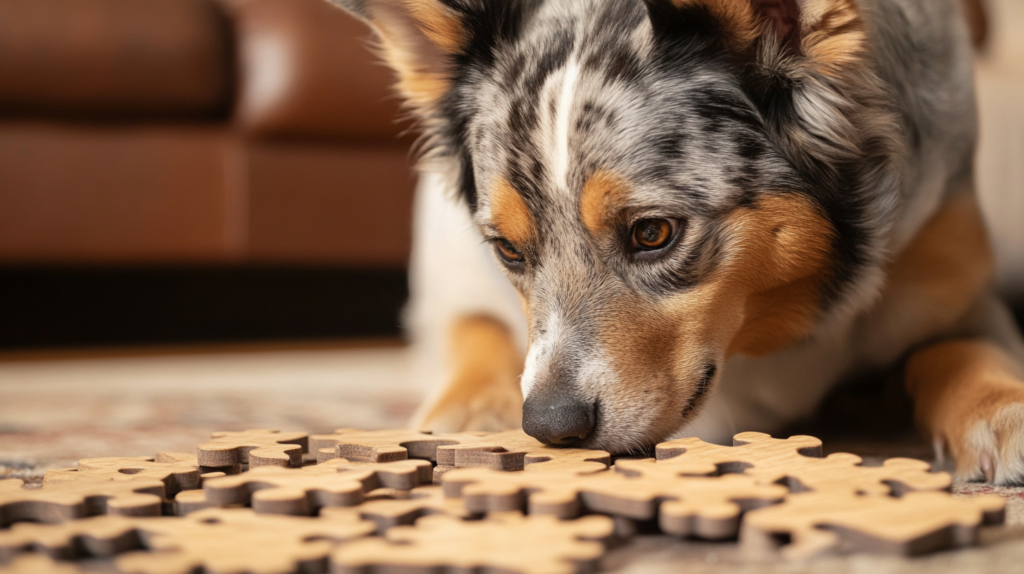
Herding Training Approaches That Work Best With Australian Cattle Dogs
Harnessing the natural herding instincts of your Australian Cattle Dog can be a rewarding experience. Here are some effective techniques to redirect those instincts positively:
1. Herding Exercises
Set up mock herding scenarios using balls or other objects. Encourage your dog to “herd” them into a designated area. This mimics their natural behavior in a controlled environment, allowing them to engage their instincts without chaos.
2. Obstacle Courses
Create an agility course that requires your Blue Heeler to navigate through various obstacles. Incorporating elements like tunnels and jumps can stimulate their mind and body while fulfilling their need for movement and direction.
3. Interactive Toys
Invest in toys designed for herding behaviors, such as treat-dispensing balls or tug-of-war ropes. These encourage problem-solving and play, channeling their energy constructively.
4. Fetch with a Twist
Instead of standard fetch, focus on a game where your dog must bring items back in specific patterns or directions, simulating herding movements.
Incorporating these elements into training not only enhances their skills but also strengthens the bond between you and your Blue Heeler. The right blend of fun and focus keeps your pup engaged, reducing the likelihood of unwanted behaviors stemming from boredom or excess energy.
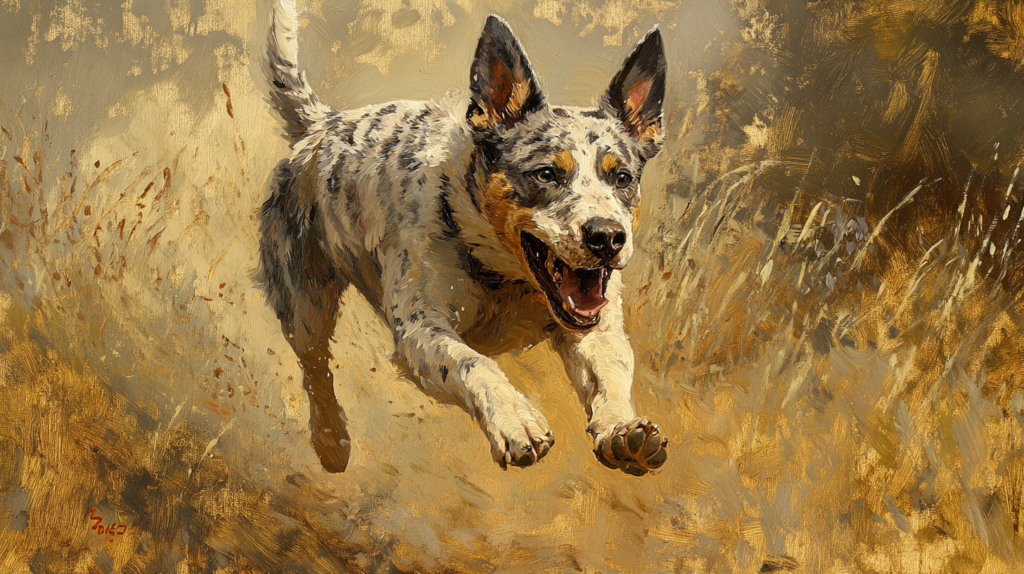
Addressing Behavioral Issues in Your Blue Heeler Through Training
Australian Cattle Dogs, or Blue Heelers, are lively and smart companions. However, they can experience dog behavior issues that are common for their breed. Knowing these challenges is essential for successful training.
Common Behavioral Concerns
- Excessive Barking: Their natural alertness can sometimes result in unnecessary barking, often caused by boredom or anxiety.
- Separation Anxiety: Blue Heelers love being around people. When left alone for long periods, they may show distress through destructive behaviors.
Strategies for Fostering Good Behavior
- Training Aggressive Australian Cattle Dog: Identify what triggers aggressive behavior and use gradual desensitization techniques to address it. Encourage positive interactions with both humans and other pets to boost their confidence.
- Consistent Routine: Establish a daily schedule that includes exercise, playtime, and training sessions. This predictability helps your pup feel more secure.
- Positive Reinforcement: Use treats, praise, or playtime as rewards for good behavior. This builds trust and motivates your Blue Heeler to repeat actions you want them to.
- Redirect Energy: Keep your dog mentally stimulated by engaging them in activities like puzzle toys or obedience games. This helps prevent behavioral problems by keeping their mind active.
By tackling these common issues with patience and understanding, you can guide your Blue Heeler towards becoming a well-behaved companion who fits seamlessly into your family.
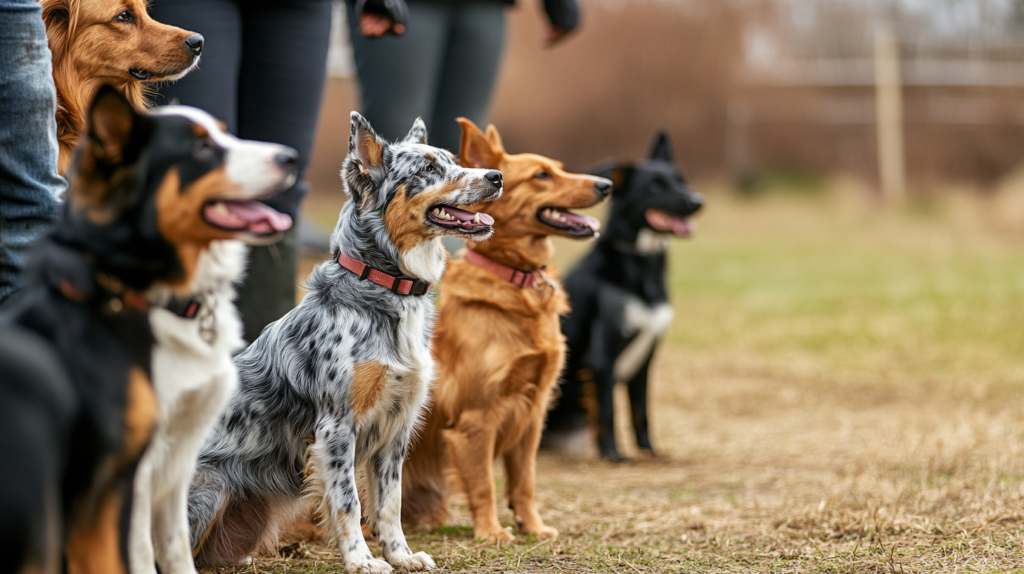
Exercise Needs And Options For The Energetic Blue Heeler: Keeping Your Pup Fit And Happy!
The Australian Cattle Dog, known for its high energy levels, requires a robust exercise routine to keep both body and mind stimulated. Here’s what you need to know about meeting their physical demands:
Why Exercise Matters
- Physical Health: Regular exercise helps maintain a healthy weight and prevents obesity-related issues.
- Mental Stimulation: Engaging activities prevent boredom, which can lead to destructive behaviors.
Recommended Activities
- Fetch: A classic game that satisfies their instinct to chase. Use a favorite toy to make it even more exciting.
- Agility Training: Set up an obstacle course in your backyard or join a local agility class. This not only provides physical exercise but also sharpens their problem-solving skills.
- Structured Walks: Regular walks at a brisk pace help burn off excess energy while allowing them to explore the environment.
Additional Tips
- Incorporate variety in activities to keep things fresh and engaging.
- Utilize interactive toys that challenge them mentally, such as puzzle feeders or treat-dispensing balls.
- Aim for at least 60 minutes of exercise daily; breaking it into multiple sessions can be beneficial for maintaining enthusiasm.
Furthermore, understanding how to effectively train your Australian Cattle Dog can significantly enhance your ability to meet their exercise needs.
Creating an active routine enriches the lives of these dynamic dogs, ensuring they remain happy and healthy companions.
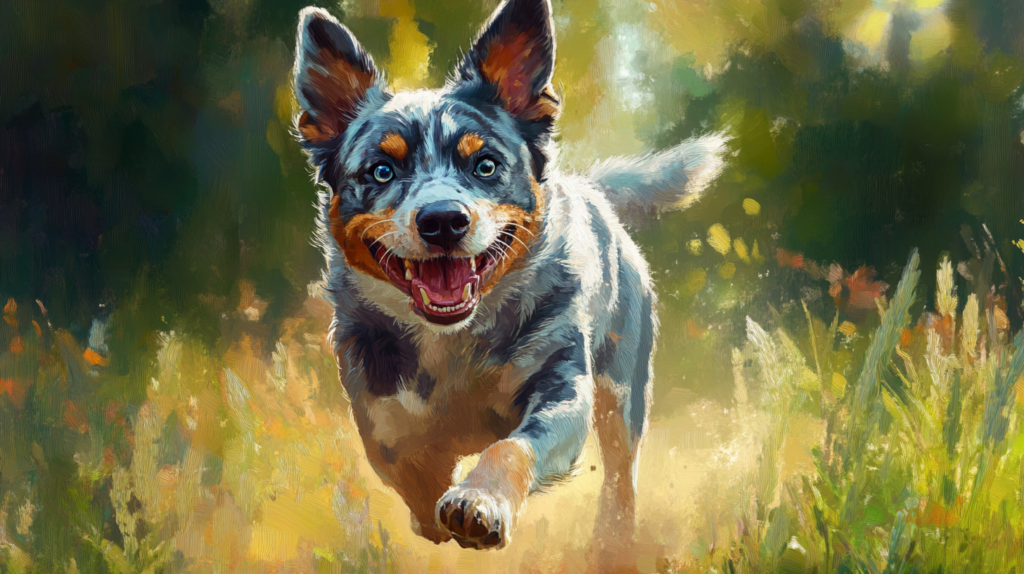
Conclusion
Training an Australian Cattle Dog is a rewarding journey. With their keen intelligence and energetic spirit, these dogs thrive on structured training and clear communication.
Key aspects to keep in mind:
- Consistency is crucial for success; regular practice helps reinforce commands.
- Utilizing positive reinforcement creates a fun atmosphere that encourages learning.
- Building a strong bond through training enhances trust and respect between you and your Blue Heeler.
As you continue your training adventure, consider the following:
- Engage in activities that stimulate both their minds and bodies, such as agility courses or puzzle toys.
- Incorporate socialization opportunities to ensure adaptability in various situations.
- Be aware of their herding instincts, redirecting this energy into constructive play.
Establishing routines provides predictability, which is essential for this breed. Regular check-ins with a veterinarian can help monitor health and adapt training approaches as necessary. These considerations will contribute to a well-rounded, happy Blue Heeler ready to tackle any challenge thrown its way.
With patience, empathy, and creativity, you can unlock the full potential of your Australian Cattle Dog while fostering a lifelong companionship filled with joy and adventure.

FAQs (Frequently Asked Questions)
What are the key characteristics of the Australian Cattle Dog?
The Australian Cattle Dog, also known as the Blue Heeler, is an intelligent and energetic herding breed. They are known for their agility, loyalty, and strong work ethic. Their physical characteristics include a compact build and a coat that can vary in color but often features blue or red speckles.
Why is training important for Australian Cattle Dogs?
Training is crucial for Australian Cattle Dogs due to their high intelligence and energy levels. Proper training helps channel their natural instincts positively, ensures good behavior, and strengthens the bond between the dog and owner.
What basic commands should I teach my Blue Heeler?
Essential basic commands include ‘sit’, ‘stay’, ‘heel’, and ‘come’. Starting with these commands establishes a foundation for obedience and helps improve communication between you and your dog.
How can I effectively socialize my Australian Cattle Dog?
Early socialization is vital for adaptability and confidence in Blue Heelers. Engage your dog in various activities that expose them to different people, environments, and other animals. Consider enrolling in dog training classes to enhance their social skills.
What are some advanced training techniques suitable for this breed?
Advanced training techniques for Australian Cattle Dogs can include mental stimulation exercises such as puzzle toys, advanced obedience commands, and agility training. These activities cater to their intelligence and energy levels, keeping them engaged.
How do I address behavioral issues in my Blue Heeler?
Common behavioral issues in Australian Cattle Dogs include excessive barking and separation anxiety. Strategies to address these concerns involve consistent training, positive reinforcement, redirecting negative behaviors, and ensuring they receive adequate exercise to expend energy.
